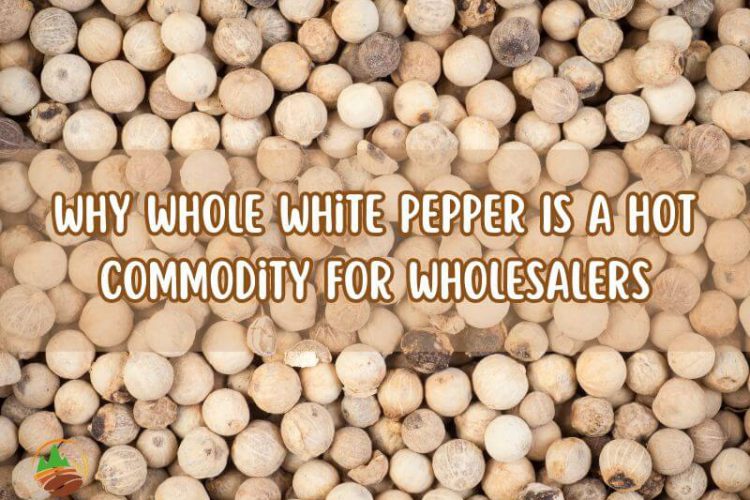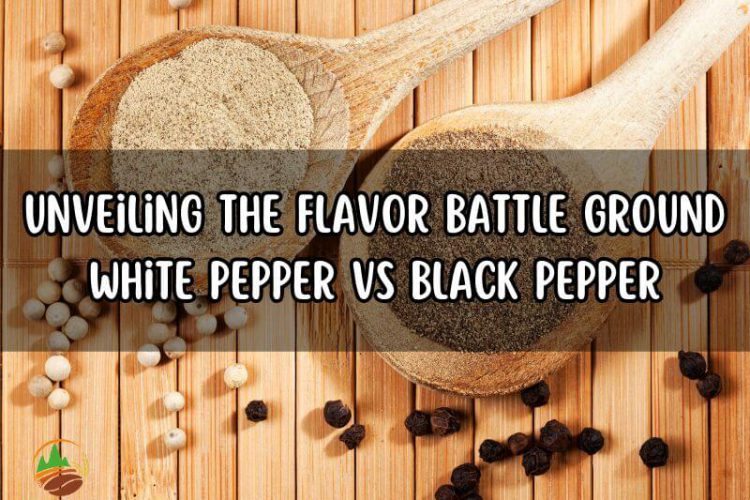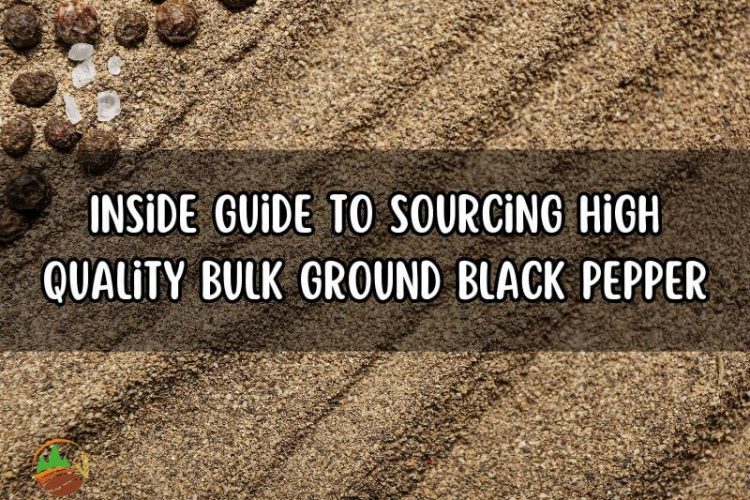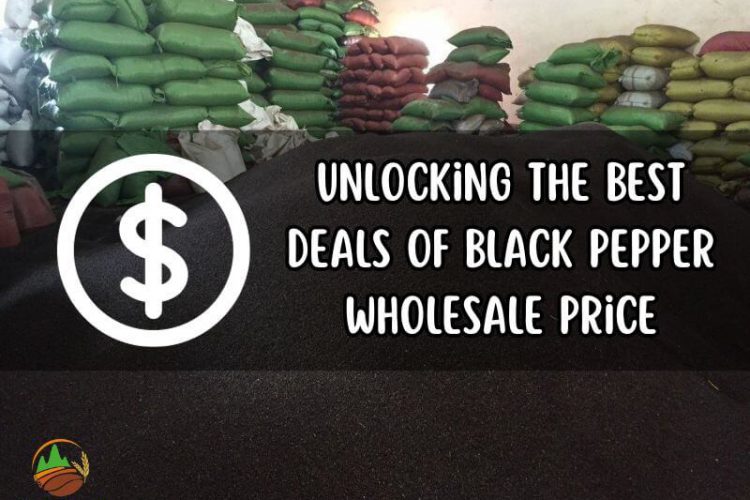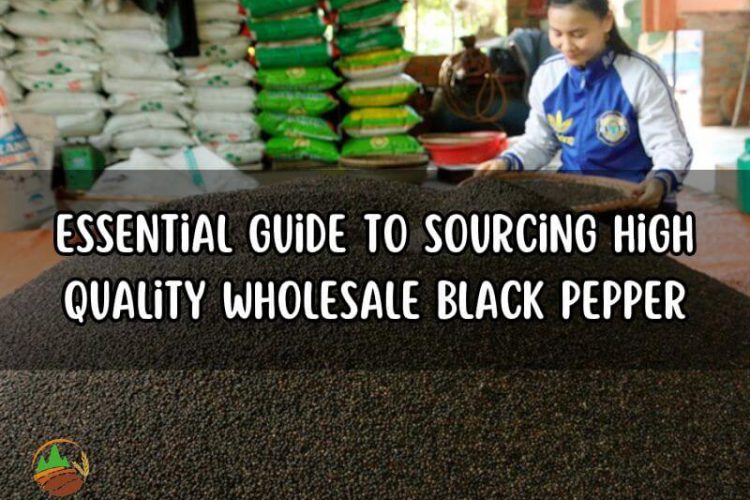Have you ever considered the enormous profit and revenue potential of importing ceylon cinnamon sticks? This essay seeks to provide helpful insights in order to disclose the answer.
Table of contents
1. Overview knowledge about ceylon cinnamon sticks
The first part will discuss the concept and fundamental qualities of ceylon cinnamon stick that are necessary to grasp in order to obtain a comprehensive understanding.

1.1. Outstanding characteristics of ceylon cinnamon sticks
Ceylon cinnamon stick are distinguished by a number of distinguishing characteristics. Following provide a few of their distinguishing features:
| Color | A lighter beige to brown hue |
| Flavor | A delicate, gently sweet flavor |
| Fragrance | Citrus notes and an odor of earth |
| Oil content | 2-4% |
| Moisture | 12% |
| Coumarin | Quiet low, about 1% |
| Average length | 7 – 8cm |
| Skin thickness | 0.08mm |
| Scroll rate |
10 to 15 scrolls per inch |
Ceylon cinnamon sticks are paler beige to brown in color, with a smooth exterior surface and firmly coiled sticks. It has a mild sweetness to the flavor, as well as a delicate aroma that distinguishes it from other cinnamon kinds.
Furthermore, ceylon cinnamon stick have a moderate oil level, typically ranging from 2% to 4%, and a comparatively low coumarin content. This makes it a better choice for the health of the liver when compared to consuming big amounts of cinnamon with high levels of coumarin, such as Cassia cinnamon. Ceylon cinnamon stick scroll at a pace of 10 to 15 scrolls per inch on average.

1.2. Ceylon cinnamon stick cultivation regions and quantity
The Sabaragamuwa and Southern parts of Sri Lanka are the principal cultivation locations for Ceylon cinnamon, or you can call Sri Lankan cinnamon, making cinnamon sticks the most desired and generally recognized variety of Ceylon cinnamon. The predicted manufacture of ceylon cinnamon stick in 2022 will reach 9,000 tonnes, which represents approximately 48% of overall Ceylon cinnamon manufacturing in Sri Lanka.
1.3. How to preserve and store ceylon cinnamon sticks
To preserve and store Ceylon cinnamon stick, follow these steps:
- Choose high-quality cinnamon sticks: Look for Ceylon cinnamon sticks that are fragrant and have a tightly rolled, layered appearance. Ceylon cinnamon is known for its delicate flavor and aroma.
- Store in an airtight container: Transfer the cinnamon sticks to an airtight container to protect them from moisture and air. Glass jars with tight-fitting lids work well for this purpose. Make sure the container is clean and dry before adding the cinnamon sticks.
- Keep away from heat and sunlight: Place the container in a cool, dark area such as a pantry or cupboard. Heat and sunlight can degrade the quality of cinnamon, so it’s essential to store it in a cool, shaded spot.
- Avoid exposure to moisture: Moisture can cause cinnamon sticks to lose their flavor and become moldy. Ensure the container is tightly sealed and keep it away from areas with high humidity, such as near the stove or sink.
- Use whole cinnamon sticks: It’s best to store cinnamon sticks in their whole form rather than grinding them into powder. Ground cinnamon has a larger surface area exposed to air, making it more prone to losing flavor and aroma.
- Check for freshness periodically: Cinnamon sticks can retain their flavor for about 1 to 2 years when stored properly. However, it’s a good idea to check their freshness periodically. Smell the cinnamon sticks to ensure they still have a strong, sweet aroma. If the smell has significantly faded, it may be time to replace them.
By following these steps, you can preserve the quality and flavor of Ceylon cinnamon sticks for an extended period, allowing you to enjoy their delicate taste in various recipes.

1.4. Reasons why ceylon cinnamon sticks are the most popular
Ceylon cinnamon sticks from Sri Lanka are among the most common and abundant kind of cinnamon due to its versatility, extended shelf life, and simplicity in manufacturing and handling:
- Versatile usages: Ceylon cinnamon sticks benefits can be consumed completely in cooking, medicinal, and adornment, and it can also be processed into powder when needed.
- Longer shelf life: Compared to cinnamon powder, ceylon cinnamon stick have a longer shelf life. Their tightly wrapped structure helps to keep the smell and taste for a longer amount of time.
- Simplicity of manufacturing and handling: Cinnamon sticks take the least amount of processing when compared to other types of cinnamon. The cinnamon bark is merely dried and wrapped into sticks after harvesting, making it a reasonably simple and quick procedure.

2. The increased possibility of importing Ceylon cinnamon sticks
Importing Ceylon cinnamon stick has a high potential due to a number of compelling factors:
- Famous fame: Importing Sri Lankan cinnamon distinguishes importers by delivering a cinnamon kind with a famous valued reputation. This attracts those who are looking for true nature and outstanding quality, distinguishing itself from competitors offering various forms of cinnamon.
- Government Support: The Sri Lankan government recognizes the significance of the cinnamon sector and actively promotes its expansion. They assist trade by streamlining customs procedures and lowering administrative barriers, resulting in a more favorable trading environment for importers.
- Pricing Stability: Due to the particular properties of ceylon cinnamon sticks, price volatility is restricted. Harvesting is not limited by seasons, allowing farmers to delay harvesting during times of low pricing. This consistency leads to minor price swings, making the market more predictable for importers.

3. The current ceylon cinnamon stick pricing standard
Let us now look at the average international cinnamon stick pricing in Sri Lanka.
3.1. The average cost of ceylon cinnamon sticks
| Type | Price/ton |
| Wholesale price | 16720 USD/ton to 17760 USD/ton |
| Retail price | 17550 USD/ton to 19000 USD/ton |
| Export price | 10300 USD/ton to 11500 USD/ton |
Ceylon cinnamon sticks price, recorded by cinnamon stick price in OEC data, is generally lower than retail pricing. Wholesalers purchase huge quantities of the goods and redistribute it to sellers, who subsequently sell it to customers. However, because of additional costs associated with global trade, such as taxes, transportation costs, and customs fees, export prices may vary from retail and wholesale pricing.

3.2. Factors influencing the cost of ceylon cinnamon sticks
Several factors, including government laws, logistics costs, economic situations, and political stability, influence the price of ceylon cinnamon stick in Sri Lanka:
- Government rules and regulations: Trade rules, taxation, and manufacturing policies set by the government can all have an impact on the market. Lower pricing may arise from favorable policies encouraging the import and trade of ceylon cinnamon sticks.
- Cost of logistics: The costs of transferring cinnamon from production locations to export ports have a direct impact on its price. Greater distances result in higher transportation costs, and price swings can be attributed to factors including gasoline prices and infrastructural fees.
- Economic and political conditions in importing countries: The pricing of cinnamon sticks from Sri Lanka is directly influenced by financial circumstances in the countries where it is imported, such as price inflation, customer demand, and the political environment in those nations.

4. All you need to know about ceylon cinnamon sticks suppliers
It is critical for effective trading to distinguish between trustworthy and untrustworthy sellers of ceylon cinnamon stick from Sri Lanka. We provide useful information to assist you in locating where to buy ceylon cinnamon sticks.
4.1. Main types of ceylon cinnamon sticks suppliers
There are two types of suppliers in the Ceylon cinnamon sticks market: raw material area exporters and wholesalers.
- Exporters in the raw material area have the ability to access their personal raw material sources, manage manufacture and export themselves, and so provide a consistent supply.
- Wholesalers buy in bulk and sell to retailers, providing transparency, competitive pricing, and community support.

4.2. Fraudulent ceylon cinnamon sticks supplier indicators
The ceylon cinnamon stick sector has seen an increase in fraudulent activity. It is critical to identify bogus suppliers based on several distinguishing characteristics, which include:
- There is no representation agency or official company address in the country.
- Inadequate disclosure of information concerning the source of the ingredients and the specifics of the manufacturing plant.
- Ceylon cinnamon sticks are priced suspiciously low.
- Certificates like HACCP, ISO, and USDA Organic are insufficient.
- Inadequate or subpar customer service
It’s important to exercise caution when dealing with suppliers, especially when it comes to valuable and high-demand products like Ceylon cinnamon. Conduct thorough research, verify credentials, and trust your instincts to find reputable cinnamon suppliers in Sri Lanka. If something feels suspicious, it’s best to explore alternative suppliers or seek expert advice.

4.3. Referral trustworthy ceylon cinnamon sticks suppliers
In Sri Lanka, prominent Ceylon cinnamon suppliers involve the following:
- Rathna Producers Cinnamon Exports: As a major provider of ceylon cinnamon sticks, Rathna Producers maintains superior criteria through the production process. They have their own farms, rigorous monitoring, and presence in over fifty nations. They offer low shipping prices, simple payment and delivery procedures, and excellent customer service.
- Cinnamon New Lanka Pvt Ltd: New Lanka Cinnamon, which emerged in 1980, has increased its foreign exports since 2010. They buy cinnamon from local vendors and send high-quality products around the world. They export over 1,000 tons each year and are well-known for their trustworthiness, high-quality goods, affordable rates, and adaptable shipping methods.
- LAK CINNAMON PLANTERS & EXPORTERS: LAK CINNAMON, known for their commitment to client satisfaction, offers a wide range of ceylon cinnamon sticks from Sri Lanka, such as whole sticks, cigarette cinnamon, and broken cinnamon. They have an excellent track record and the confidence of importers in the United States and Mexico, with a yearly output of more than 1,000 tons. Importers like their affordable rates and quick delivery techniques.
- Dilas International Pvt. Ltd.: Dilas International has been exporting Ceylon cinnamon for over two decades. They source their cinnamon from producers in Sri Lanka’s west region, emphasizing high-quality products. Their extensive network of farmers and suppliers enables them to secure premium cinnamon sticks while adhering to stringent quality control procedures.
- K P Somadasa & Company Pvt. Ltd: Dilas International has been exporting Ceylon cinnamon for over two decades. They source their cinnamon from farmers in Sri Lanka’s western area, emphasizing high-quality products. Their extensive network of farmers and suppliers enables them to receive exceptional cinnamon, and they strictly adhere to quality control techniques.


